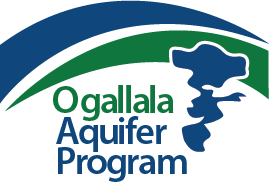By Forrest Wilder, Texas Monthly
The rains don’t come like they used to, and Glenn Schur can’t rely on the once bountiful water beneath the clay loam soil of the South Plains—the largest cotton-producing area in the world. In the past, his pumps pulled up as much as he needed to irrigate his crops. But recent years have brought drier weather to Schur’s 2,500 acres near Plainview, a town of 20,000 between Lubbock and Amarillo. The Ogallala Aquifer yields less and less. “My granddad dug the well. My dad pumped the well,” said the 65-year-old farmer. “And I’m going to be the generation that capped the well.”
The Ogallala, which stretches across portions of eight states, from South Dakota to Texas, was first tapped on a large scale by farmers in the forties. Oil field drilling methods allowed them to access the vast underground reservoir, transforming what were once rich native grasslands grazed by bison into a grid of well-watered commodity crops.
Agricultural practices have grown more water-efficient in the intervening decades, but the aquifer continues to drop, foot by foot. Geological factors severely limit the trickle of rainfall into the Ogallala beneath Texas; some portions would take thousands of years to refill. Federal crop subsidies hasten the decline, says Matthew Sanderson, a professor of geography and sociology at Kansas State University. Price supports encourage farmers to invest in irrigation systems and expand their acreage. A 2020 article coauthored by Sanderson declared that this system results in a “vicious cycle of overproduction that intensifies water use.”
…

